‘A lot in modern literature feels like vomit’
Historian Ivan Rotov tells what Russian intellectuals read in the era of “timelessness”
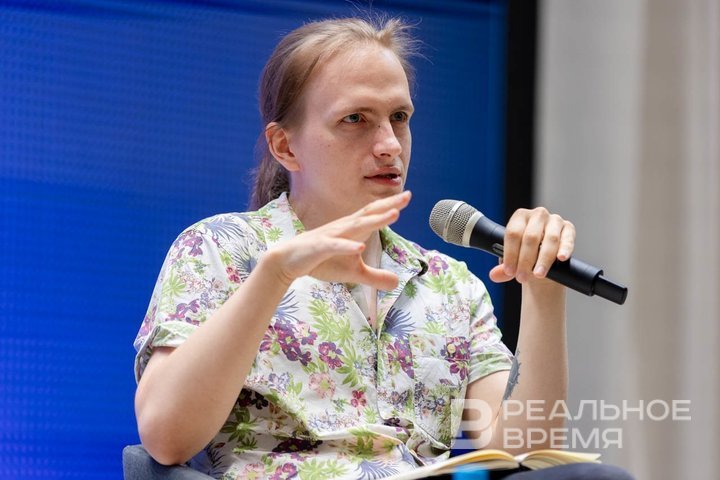
After the first Russian Revolution in 1907, literature appeared in Russia that reflected the general sentiments of people, in particular intellectuals. These books were read, discussed, and even perceived as instructions. They were incredibly popular and very far from the works of the Silver Age study program. Historian Ivan Rotov, at a lecture at the National Library of the Republic of Tatarstan, told what they actually read after the First Russian Revolution. Ekaterina Petrova, a literary columnist for Realnoe Vremya, singled out five writers from Rotov's speech — Mikhail Artsybashev, Leonid Andreev, Fedor Sologub, Alexander Grin, and Boris Savinkov. Their stories most eloquently describe the era of “timelessness”.
“When everything is a little in the wrong place”
The first Russian Revolution began on January 22, 1905 with the shooting of a peaceful demonstration. People marched to the Winter Palace demanding the liberalisation of the country, the expansion of civil liberties, and the improvement of working conditions. The country was shaking for another 2 years. The revolution ended in June 1907. Later, in the 1920s, this period was called “timelessness”. The explanatory dictionary defines this word as “a temporary period of social and cultural stagnation” and “a time of adversity, misfortune, setbacks, a difficult time”.
“Another definition of the word “timelessness” is the period between seasons. That is, it's not summer anymore, but it's not autumn yet, it's not winter anymore, but it's not spring yet. This is a period that does not have an established pattern of behaviour. This is a period when no matter what you do, nothing will change, because you are in a situation where all methods are untimely. In fact, the era of “timelessness” is an era when everything is a little in the wrong place," said Ivan Rotov.

He also noted that, according to the participants of the First Russian Revolution, it turned out to be a losing one for all sides. Because the radicals did not receive a radical enough response, the conservatives faced changes that shocked them. Although if you believe the school history textbooks, then everything ended up pretty well. The tsar gave more freedoms, including freedom of the press and religion, and the State Duma appeared. But the texts of contemporaries of those events say the opposite. In them, Russia was gloomy.
The brawler Artsybashev and his pornographic Sanin
Ivan Rotov began his speech with a story about the writer Mikhail Artsybashev, who published the novel Sanin in 1907. It was sold out, and another edition was printed. They sold out again. There were a total of four editions. At some point, the censorship caught on, read and saw pornography in the book. The book was withdrawn from sale, the circulation was withdrawn. Artsybashev was threatened with at least a fine. He turned to Oscar Gruzenberg, a well-known lawyer at the time, for protection, thereby putting the latter in an awkward position. Because censorship is, of course, bad. But Artsybashev himself is still a brawler. The lawyer turned to Maxim Gorky for advice in a letter and outlined his situation. To which Gorky replied: “A lot of modern literature feels like vomit.”
His message was simple: it is necessary to protect, because these scandalous writers do not invent anything, life is like that. They couldn't keep all this social poison in themselves, they turned out to be sick, and novels like Sanin turned out. It is impossible to judge a person for such a thing. In 1907, Gorky was still against literary trials.
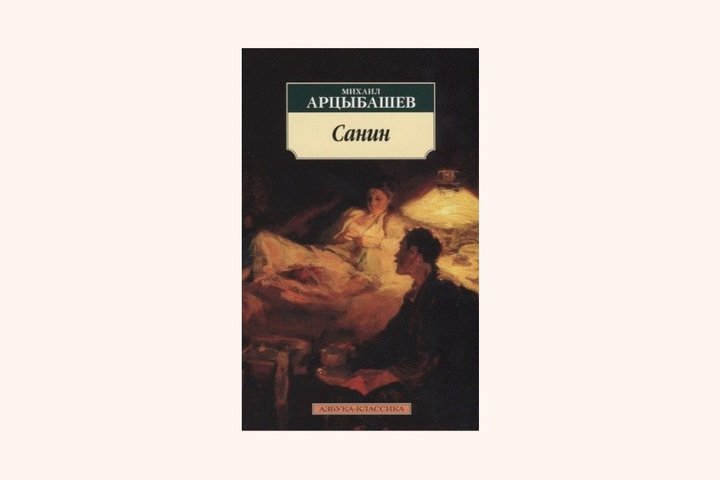
Mikhail Artsybashev was distinguished by that he “spoke straight from the shoulder” from a nihilistic position. Among other things, he described suicides in his works. I must say that there was some kind of epidemic of suicides back then. Journalists wrote about a certain secret club in St. Petersburg and attributed to Artsybashev the leadership of this suicide club. Rotov noted that such communities were mentioned only in newspapers, but historians ddin't find other evidence for this and tend to think that the club was an invention. But it is known for sure that on February 8, 1908, a popular science lecture “Denial Of Life” was held in Kazan. The entrance to it was paid, but the fee was symbolic. Everyone was invited to discuss an important topic. According to the police, 700 to 800 people came to the lecture. According to Rotov, this is confirmation that it was gloomy in the Russian Empire after 1905.
Sologub's gold-plated furniture
In 1905, Fyodor Sologub's novel The Little Devil began to appear in parts in one of the magazines. But then the work went unnoticed. There are objective reasons for this: there is a revolution in the country, rallies, explosions, expropriations. People don't care about literature. But in 1907, the writer published the novel as a separate book. In 3 years it had six editions, and during the writer's lifetime — eleven.
“This is one of the most popular books in Russian at this time in Russia. Fyodor Sologub was the son of a peasant who, with the money from the sale of this novel, furnished his apartment with gilded furniture," said Ivan Rotov.
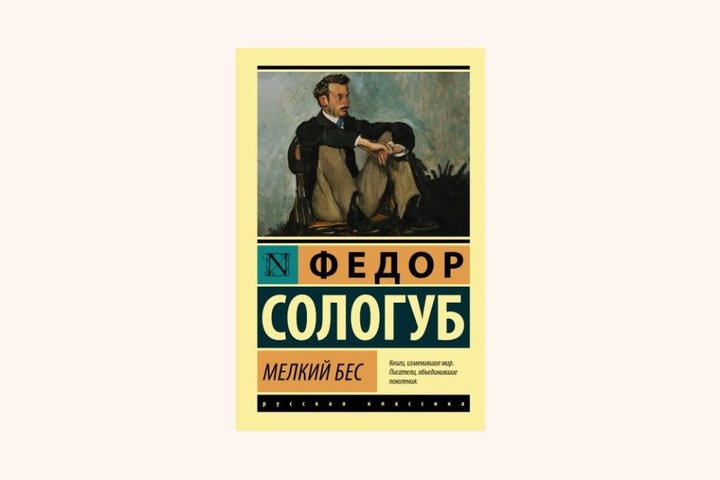
The Little Devil is a story about a provincial gymnasium and about a literature teacher who hopes for a promotion. His roommate promised him this if he marries her. The main character, who is also a sadist, is gradually going crazy in anticipation of a promotion. All this is against the background of provincial chthon, which is reflected in the essence called gray nedotykomka. She stalks the main character and drives him crazy. According to Rotov, this novel describes how Russia lived.
A revolutionary in a brothel and a fanfic on the Bible
They wrote a lot and different things back then. But Leonid Andreev set the canon with his short story The Darkness, which was also published in 1907. It was one of the first stories in which the revolutionary's experience was rigidly deconstructed. The action in the story The Darkness takes place on the eve of the main event in the life of a revolutionary who is going to sacrifice himself during a political assassination. He is in a strange city, spies are hunting for him to hide from them, the main character decided to spend the night in a brothel. At the same time, he is a virgin with high moral ideals, but the revolutionary has no other options. And then Leonid Andreev himself begins to draw parallels between the main character and a prostitute, mirror them, compare them, show them from different sides. During the story, they switch places several times.
“This work promotes an idea that will be relevant in many texts of that era. The thought goes something like this: if you try to save everyone, you will go crazy. This is what both socialists and religious philosophers have written about. The idea of death for the people is being raised. And what are the people? Where are they? It was a very radical statement for that period, for that era when 5 years ago revolutionaries were like superhumans. And now these are people who can change their position three times in one evening and eventually go crazy," explained Ivan Rotov.
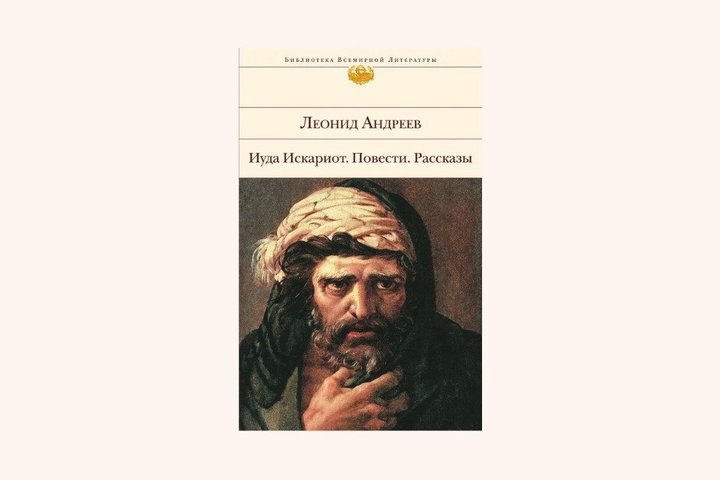
In the same year, 1907, Leonid Andreev published an even more radical text, Judas Iscariot. In order to engage a young audience, Rotov characterised this book as a fanfiction on the Bible.
“In fact, this is a story that illustrates the pragmatics of revolutionaries. Judas thinks like a revolutionary: we have a great idea, but people are stupid, they won't understand anything, they need to chew everything up, so we will do everything for them. Judas believes that Jesus is God, so he cannot die. And then what happened in Russia in 1905 happens. The revolutionary, vivid, epic sacrifice did not change anything. The scene in which Judas realises that Jesus just died is the experience of the revolutionaries who killed the emperor's brother in 1905, and the next day the world did not change. This text was very painful for the revolutionaries," the historian said.
The revolutionary in quarantine
After Leonid Andreev's texts, there was a massive rethinking of the role of revolutionaries. In 1908, the first stories by Alexander Grin, who is known to many for his romantic work Scarlet Sails, were published. The image of the writer contrasted strongly with his gentle story. He was a revolutionary, a socialist revolutionary. And quite specific one. Rotov said that Grin deserted from the army and joined the Socialist Revolutionaries, led a wild lifestyle with their money and engaged in propaganda among the sailors. But it was not ideological. In 1906, he quarreled with a woman he was living with at the time and shot her. The bullet was stuck in the chest, but after a while everything was fine with the woman. By the way, she was a revolutionary herself, so she didn't turn Grin in to the police. But their relationship ended with this incident.
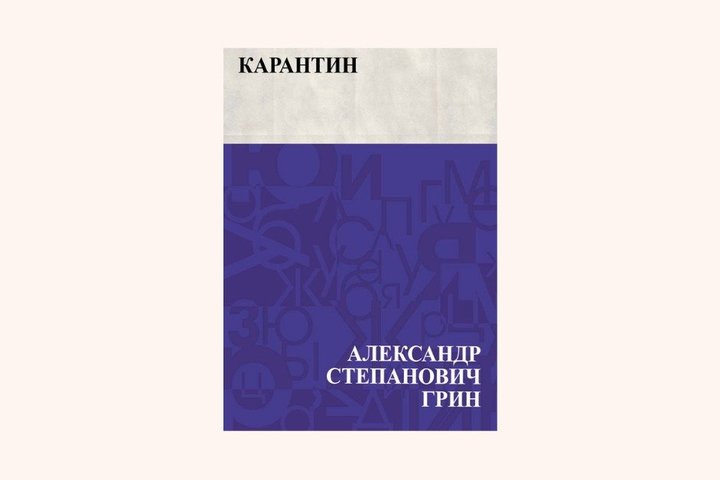
Around this time, Alexander Grin had a turning point, after which he left the revolution. The story Quarantine describes his condition well. In it, an ideological revolutionary is waiting in the village for the X-day. But when they come for him and say that tomorrow they need to perform a feat for the sake of the revolution, the main character refuses. Suddenly, the clear sky and the beautiful nature around him become more important to him. “Again, it was a very radical text for that time, and there are more and more such texts," Ivan Rotov added.
Memoirs of A Terrorist
There is also more domestic violence in the works of that time. The revolution brought violence with it. According to the historian, people then developed tolerance for everything that was happening, so texts about murder and terror were perceived calmly. And this, in turn, brought to the literary scene a certain writer Ropshin, who in 1909 published The Pale Horse.
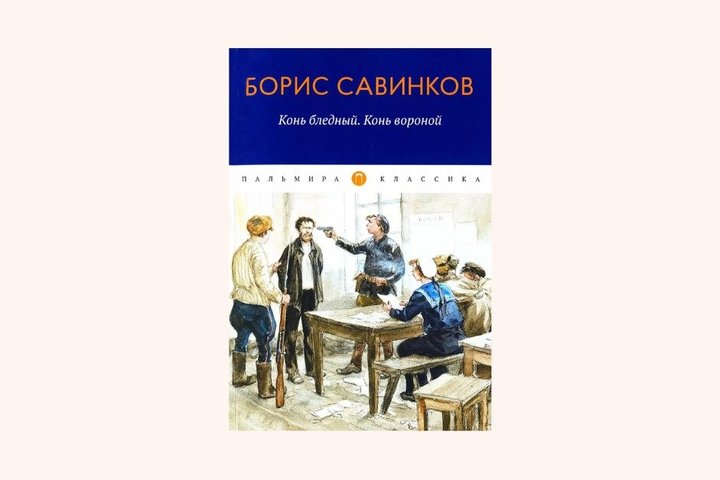
Ropshin is a pseudonym, the real name of the author is Boris Savinkov. And from the point of view of the tsarist government, he is a criminal. This is a militant socialist revolutionary who killed people and organised murders. Boris Savinkov was one of the most feared men of the Russian revolution. But at some point he got into writing. Moreover, his book The Pale Horse became one of the most popular in its era.
“His literary agent was Zinaida Gippius. Savinkov hung out with Ilya Ehrenburg, went to visit Picasso in exile, and women ran after him in salons. Let me remind you, this man was a criminal and a murderer. But he gave people what they were interested in. In the novel The Pale Horse Savinkov showed the inner world of a revolutionary. And it was consumed with great pleasure," Ivan Rotov added.
The publication of the story The Pale Horse brought Savinkov considerable fame. By the way, it quickly became known who was hiding under the pseudonym Ropshin. The intelligentsia of that time knew that it was Savinkov who organised the murder of Gapon. But there was no culture of cancellation. Everyone was wondering what he thought about what was happening in the country.
Ekaterina Petrova — a book reviewer of Realnoe Vremya online newspaper, the author of Poppy Seed Muffins (Булочки с маком) Telegram channel and founder of the first online subscription book club Makulatura.